How the tank attack at Fuentes de Ebro ended
And no one called me: cow!
And my pee was a rosebud
Look how shitty she is now.
Song of the Spaniards during the Spanish Civil War (Bessie A. People in battle. And Spain again: Transl. From English. M .: Progress, 1981.)
The memoir and journalistic book "People in battle" to this day is one of the best works about the national revolutionary war in Spain. A fighter of the International Brigade, the writer captured in it the harsh truth of the heroic anti-fascist struggle, when volunteers from different countries fought alongside the soldiers of the Spanish Republican Army. Poems in the text - translated by A. Simonov
Behind the pages of the civil wars. On October 11, at 4 o'clock in the morning, Kondratyev's regiment, located only five kilometers from the city, began to advance to the line of attack. Moreover, the infantry to the landing site on Tanks I traveled on foot, so preparation for the offensive took much longer than planned. Not all of them were able to sit on the tanks right away, and it immediately became clear that the infantrymen had practically nothing to hold on to ...
From dawn to noon!
The darkness of the night had not yet been replaced by dawn, and the Francoists had already opened artillery fire on the brigade's positions, so that even before the offensive it had already begun to suffer losses. At the same time, its forces were stretched along the front line for almost four kilometers. The British were by the river, on the left flank, the Lincolnians stood by the road, and then the McPaps were located. That is, there were three infantry groups available, which were supposed to follow the three columns of tanks to the city.
As for the terrain along which it was necessary to move to the city, then, at first glance, it was quite tank-accessible: the plain after all. But it was all cut by many ravines, in addition, irrigation canals, hidden by vegetation, passed through it. The artillery preparation began only at 10.00 am, and even then the Republican artillery from two batteries of 75-mm guns fired only a few volleys at the enemy and fell silent. Now even the stupidest of the nationalist commanders has already understood that an offensive is being prepared here. So there could be no question of any surprise. Well, the effect of the shooting was very small. In any case, all the trenches of the nationalists and the positions of their weapons did not suffer from it.
Meanwhile, the tanks were refueling. That they would need a lot of fuel, no one had ever thought before. And only by noon the air in the sky above the city appeared aviation support: 18 Soviet single-engine bombers PZ "Natasha". They made only one approach over the positions of the nationalists, dropped bombs on them from a horizontal flight and ... flew away, since they had completed their combat mission. However, even now it could still be corrected if the Republicans had succeeded in a rapid tank breakthrough to the city with an armored landing force, in the capacity of which the soldiers of the 24th Spanish battalion were supposed to act.
The first line of trenches of nationalists in different sectors of the front was only 400 to 800 m, and one could hope that the high-speed BT-5 would cover this distance in just minutes!
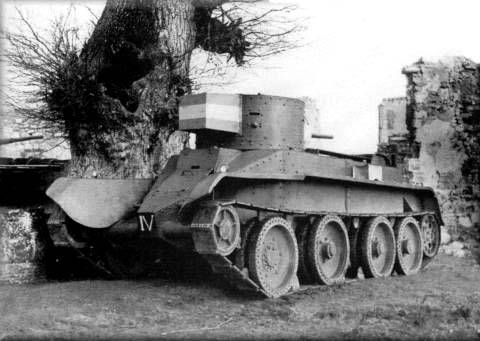
"Tanks rushed, raising the wind ..."
However, the order to attack was followed only at about two in the afternoon. It is believed that not all of the 50 tanks participated in it (some simply did not start), but from 40 to 48 vehicles rushed towards the enemy, "raising the wind." So, by the standards of those years, it was just about the most grandiose tank attack of the Spanish Civil War. Since BT-5s did not have intercom, their commanders gave orders to the driver ... by pushing their legs in the back. And such shocks followed one after the other, and the tanks of the Republicans, firing rapid fire towards the city, rushed forward with a roar and roar. Never before or after this world story I did not see the Soviet people and Americans attacking the enemy shoulder to shoulder (the American battalion and 16 Soviet tanks advanced in the center), and the Canadians and the British supported the tanks on the flanks. However, for the sake of secrecy, the Republican infantry, which occupied the trenches along the front, was not warned of the attack and, seeing the tanks in their rear, began to shoot at them with fright. The tank landing considered that "they were already enemies" and also answered her with shots. It was only when the tanks crossed the trenches and rolled away that the Spanish infantry realized what was happening and tried to run after the tanks, but could not catch up with them. Yes, no one taught her how to interact with such fast tanks! Meanwhile, the speed of the tank attack turned out to be such that many of the paratroopers were thrown from their armor, while others were killed and wounded by heavy fire from the enemy. The worst thing, however, was that the tank drivers were not familiar with the terrain. Some of the cars ended up in irrigation canals and ravines. The tanks could not get out of them without help. Part of the Soviet tanks moved towards the city along the bottom of a dry irrigation canal. But when they were half way, the nationalists opened the floodgates on the dam, and huge masses of water rained down on the tanks, and Moroccans from both banks began to throw grenades and Molotov cocktails at the deploying tanks. Here the British and Americans managed to come to the aid of the tankers in time, and they managed to push the Moroccans back.
Several tanks managed to break through the barbed wire and enter the city. However, they had no idea what an ancient Spanish city was. And these are narrow streets, among which it is very difficult to maneuver and very easy to get lost, as well as high stone fences and houses ... However, the tanks managed to capture the height dominating the city, which caused panic among the Moroccans. And if the 21st brigade of anarchists were brought into battle, then it would be quite possible to expect the defeat of the enemy forces. But the anarchists refused to go on the attack on orders. The Spanish battalion of T-26 tanks did not have time to approach. As a result, several cars were lost already in the city itself, and those that survived had to retreat in the end, since they ran out of ammunition.
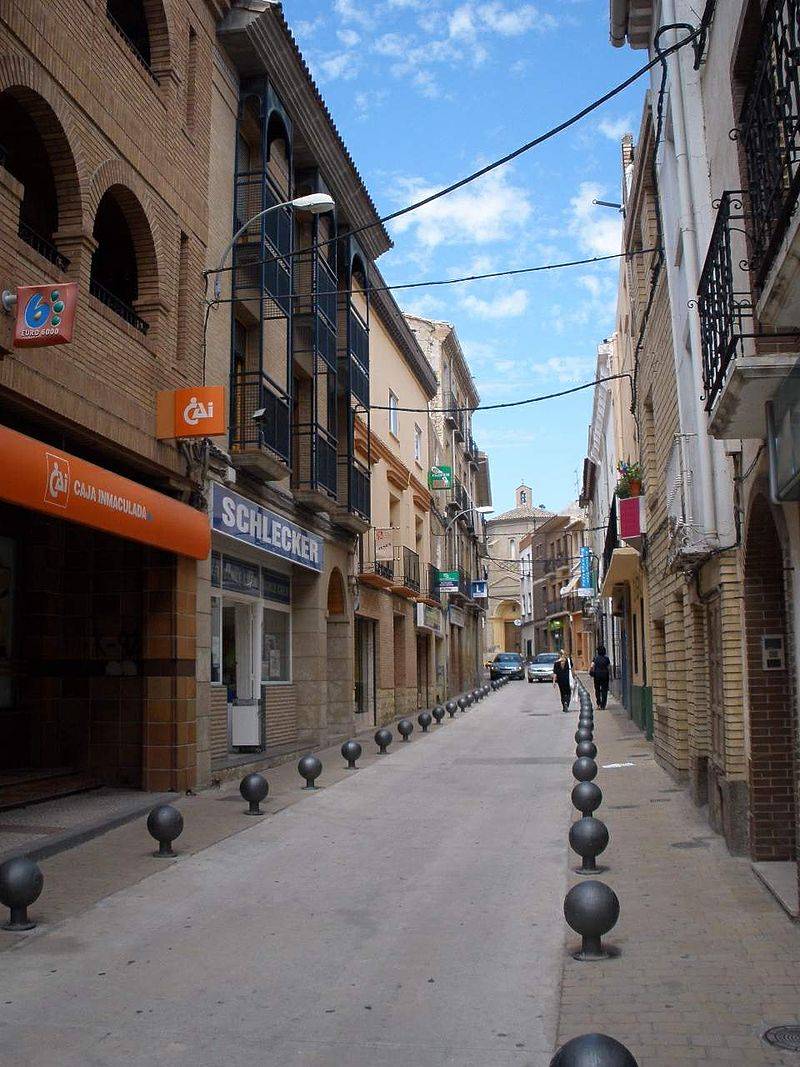
Fighters-internationalists remember ...
“I closed the turret hatch of my tank and looked through the periscope,” later recalled Robert Gladnik. “The tank was moving across a field overgrown with grass, and all I saw was the spire of the Fuentes Church, 90 meters ahead. Jumping on bumps, I lost almost all my troops, and then my tank landed in a deep ravine. No one responded to me on the radio, but the tank could move, and I managed to get out. Having shot all the ammunition in the direction of the church, I got out of the battle ...
“I was in the center of an advancing tank company,” wrote William Kardash. - I managed to successfully overcome the ravine, but at the most enemy positions my tank was set on fire with a Molotov cocktail. The engine did not start, and we cut off the nationalists who were trying to approach the burning tank with fire. Only when the fire got close to the fighting compartment, I ordered everyone to leave the car and then the crew of another car came to our rescue ... "
The attack of the British battalion was personally led by its commander, Harold Fry, but was immediately killed, and his battalion was pressed down by heavy machine-gun fire and lay down without reaching the enemy positions. The Americans covered almost half that distance, but they had to stop and dig in under the very noses of the nationalists. In both battalions, the soldiers understood that only a desperate dash towards the goal would save the matter. But this required all the forces, and the McPaps were farther than everyone else, from the enemy trenches. The commander and commissar were killed. Joe Dallet took command and led the company further, but he was also mortally wounded. Two McPaps squads attempted to cover the progress of the rest, but, according to the recollections of the internationalist fighters, the fire of the Maxim machine guns did not give the desired result, since they were inconvenient in the offensive. In addition, both the captain of the machine-gun company Thompson and his adjutant were seriously wounded, so there was simply no one to command the machine-gunners.
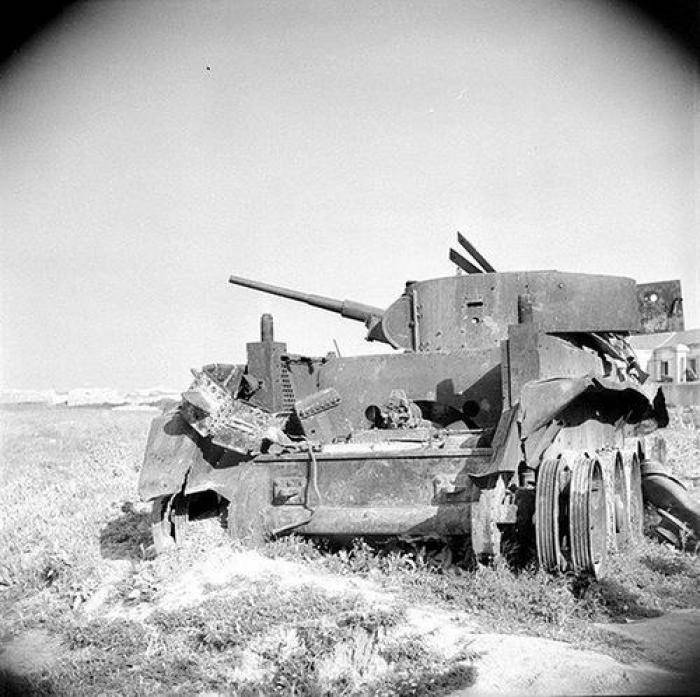
But the commander of the artillery battery was given an absolutely ridiculous order: from your position to move forward with guns and open fire on the enemy! It was clear to the artillerymen that this at least meant the loss of an advantageous position, a pointless waste of time, but the orders were carried out in the army. And instead of firing, they set about dragging their cannons closer to the front edge ...
The result of the attack was sad: the international brigade was forced to lie down in no-man's land and dig single cells in the heavy, rocky Spanish soil. The orderlies were only able to pull out all the wounded from the battlefield closer to night. And then the whole team moved back. True, several minimally damaged tanks were also pulled out in the dark.
The losses among the inter-brigade were quite large. McPaps had 60 killed and over 100 wounded. Two of the three commanders were killed, the third was seriously wounded.
The Lincolns had 18 killed, including the commander of their machine-gun company, and approximately 50 wounded. The British had the minimum number of casualties: six were killed, but there were many wounded. The Spanish battalion's losses were also very high, both from "friendly fire" during a tank breakthrough, and after, since the landing was in the rear of the Francoists and was surrounded there and completely destroyed. There were only a few wounded among the gunners.
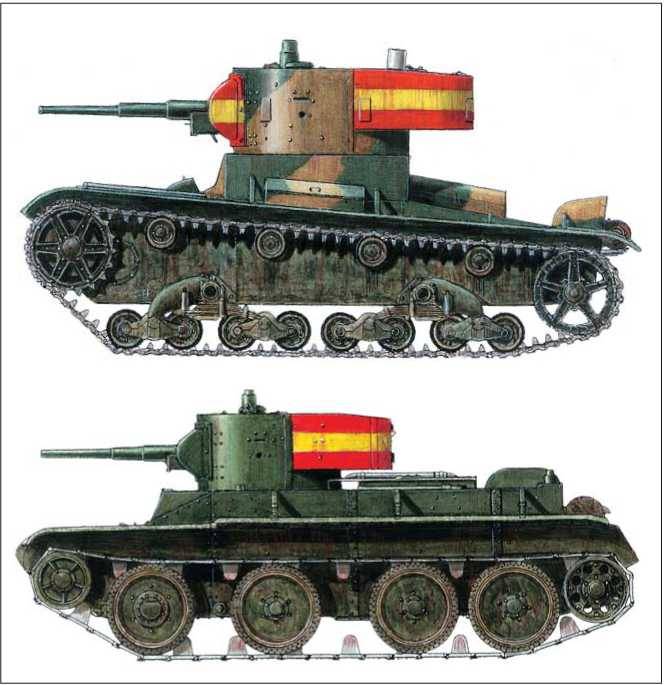
In the tank regiment, 16 crews were killed, including the deputy commander of the regiment Boris Shishkov, who was burned to death in the tank. Many tankers were injured and burned. Different sources also cite different data on the number of destroyed tanks. Some have 16, and somewhere around 28, but if you count on average, then the losses could well be about 38-40% of their original number.
Lesson, but not for the future!
The sad experience of the tank landing at Fuentes de Ebro was subsequently not taken into account by the Soviet command, and the landing on tanks was widely used during the Great Patriotic War until heavy losses forced to change this tactics. However, the reasons for this are clear. The Soviet press reported about the events in Spain not at all what was actually happening. And the "details" of the battle at Fuentes de Ebro were completely secret, even from the military.
As for the fate of Colonel Kondratyev, although he returned from Spain alive, he did not remain in this state for long. In 1939, a unit of it on the Karelian Isthmus was surrounded. The help he asked for did not come, and he tried to get his part out of the "cauldron", and then committed suicide, apparently thinking that he would not be forgiven for retreating without an order. Later, General Pavlov was shot, also a "Spaniard" who did a lot to spread the Spanish experience. The famous "Spanish Diary", a book written by Mikhail Koltsov, also failed to shed light on the reasons for the defeat of the Republicans by the nationalists. By the way, he was also shot as an enemy of the people - in 1940.
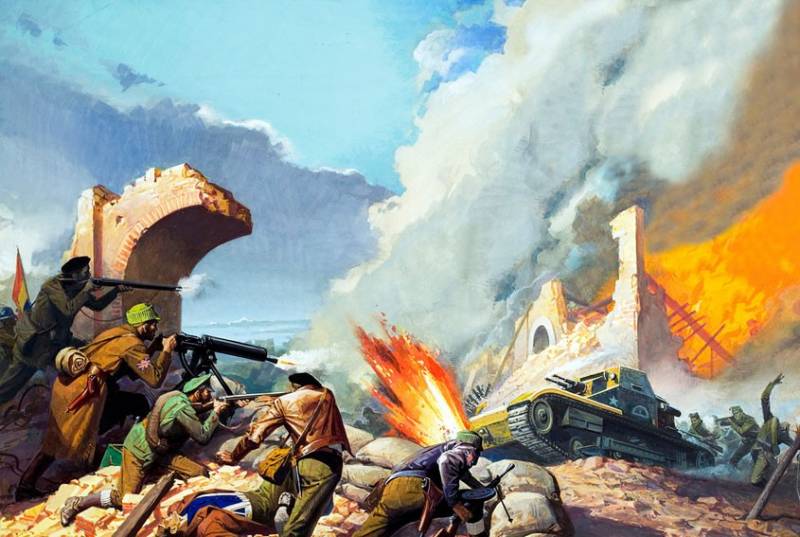
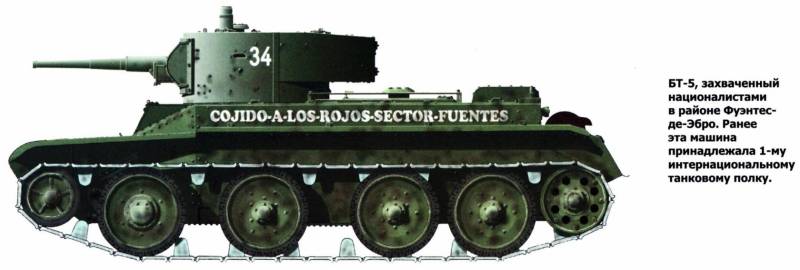
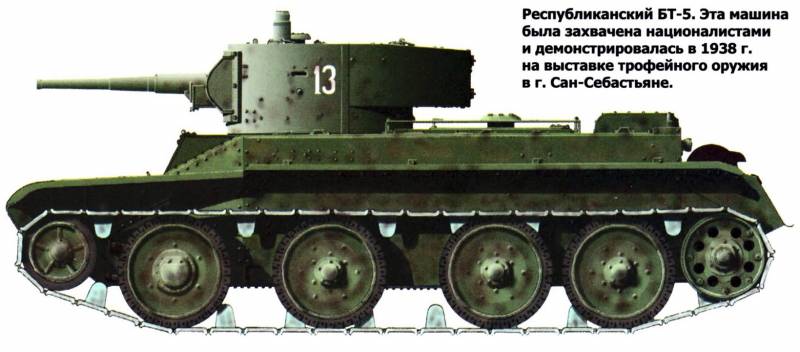
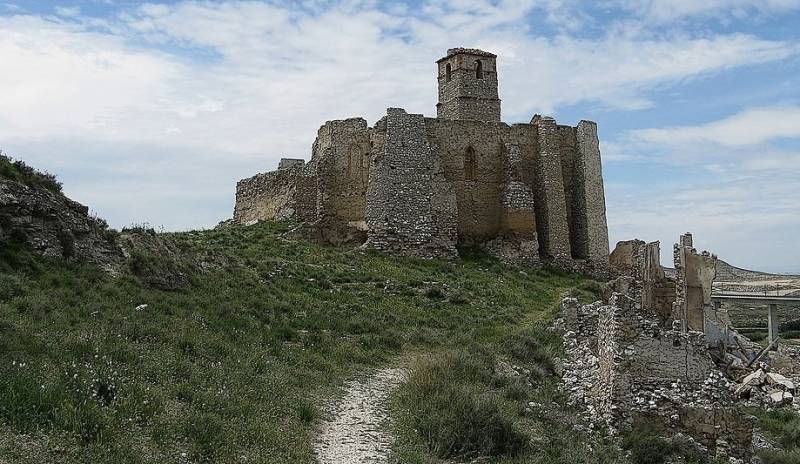
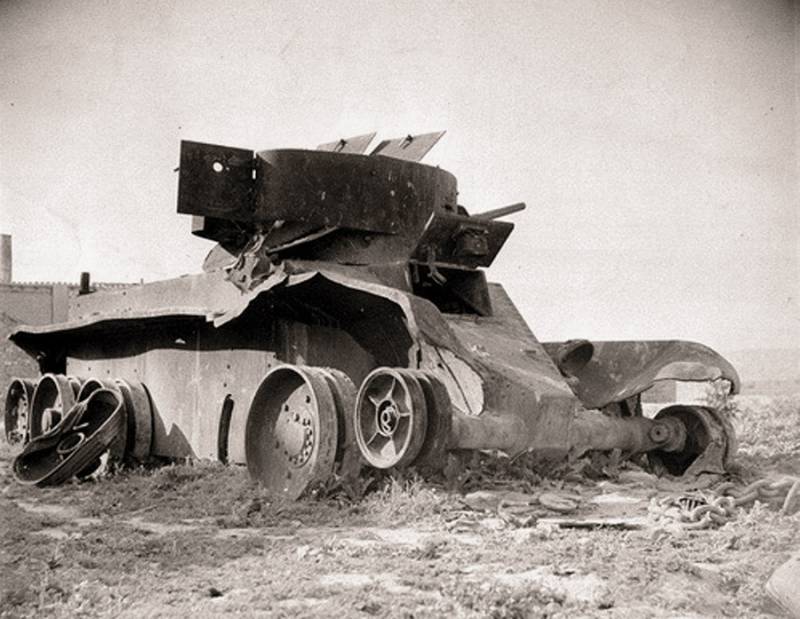
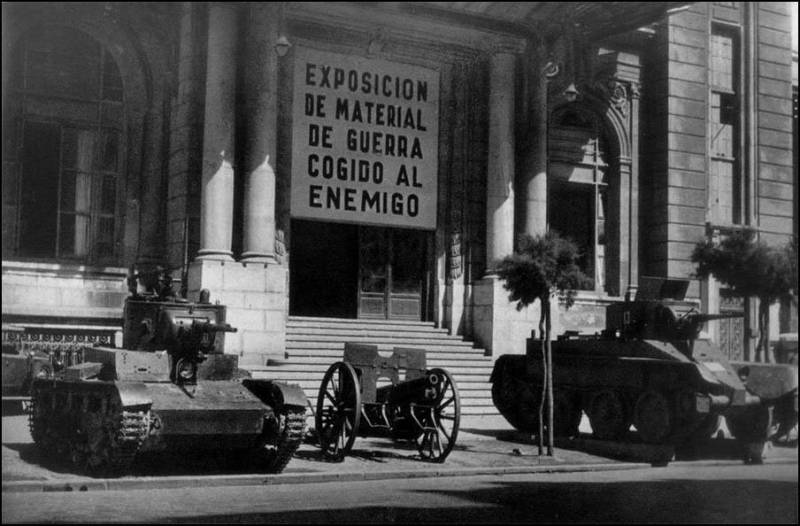
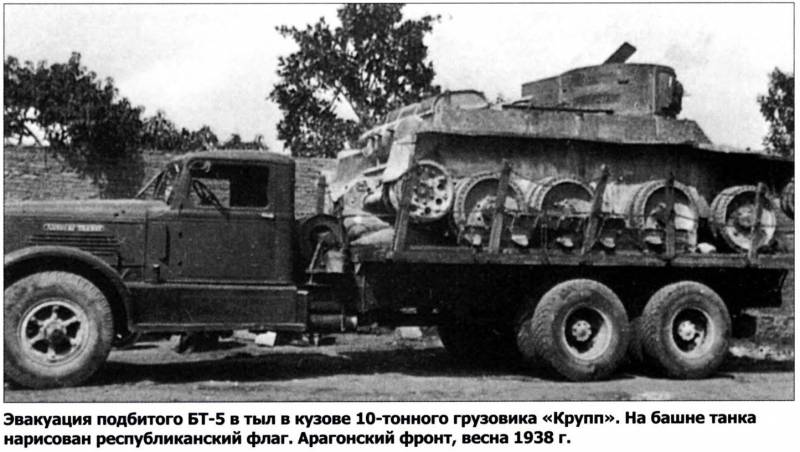
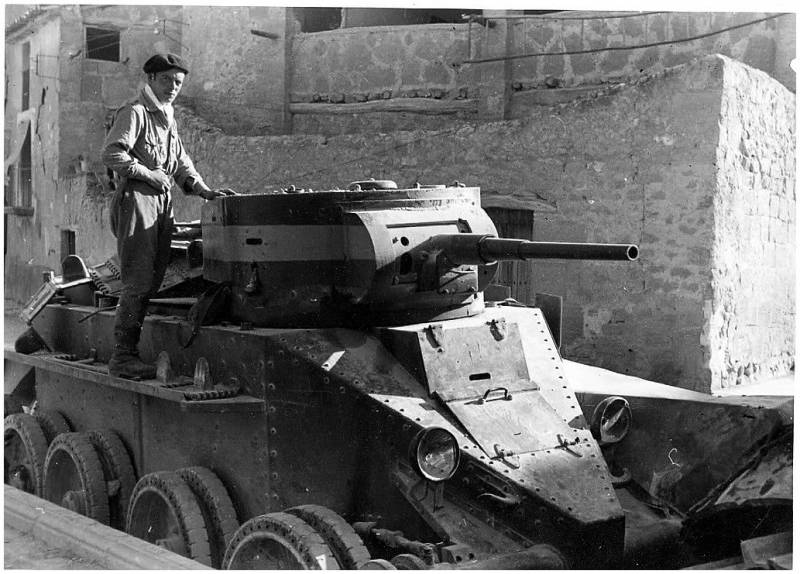
Information